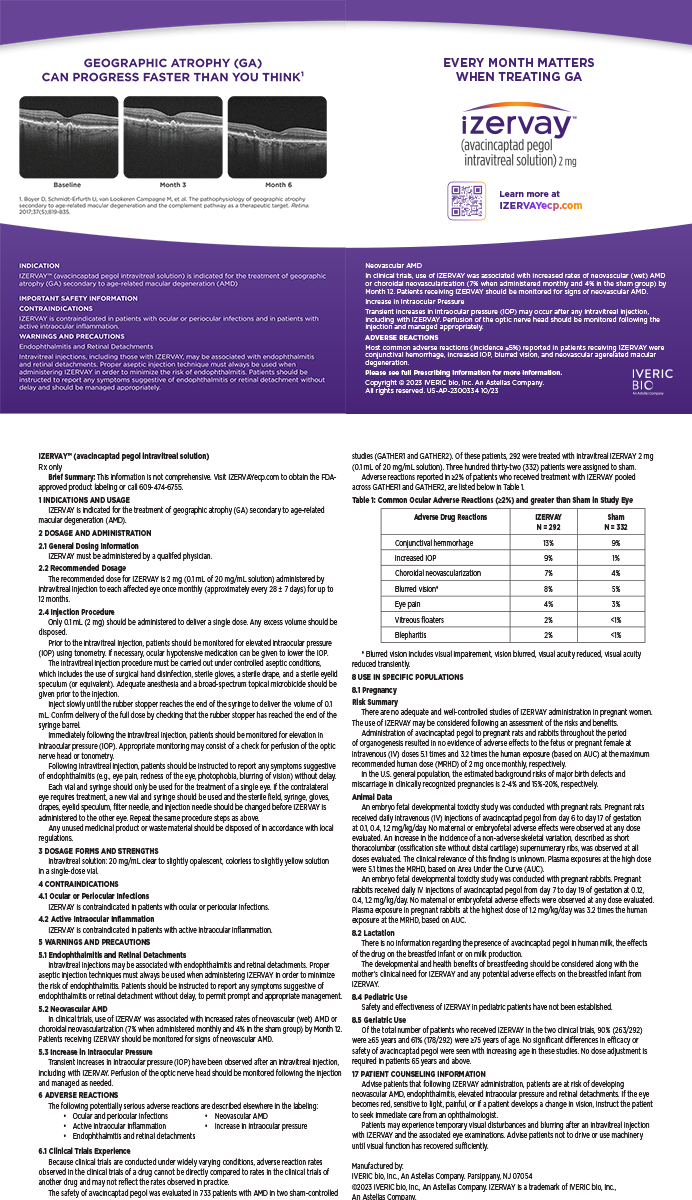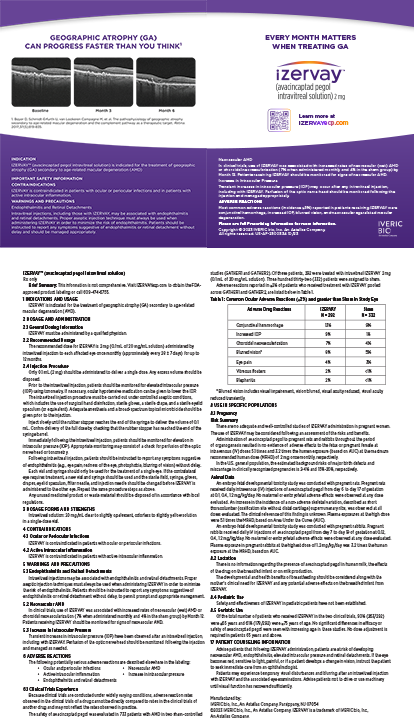As early adapters of the accommodating and multifocal IOL technology, my colleagues and I quickly recognized the lifestyle benefits and satisfaction experienced by our patients after undergoing a refractive IOL procedure. When the Centers for Medicare & Medicaid Services established the opportunity for patient-shared billing in the summer of 2006, ophthalmologists were given an opportunity to prove that patients would pay additional fees for medical technology that provided differentially better visual outcomes. The Centers for Medicare & Medicaid Services ruling also allowed our practice to demonstrate that patients are more inclined to make the choice for an "upgrade" in technology if the environment and the total patient experience were at a premium level of service.
We learned some valuable lessons during the process of building what is referred to as the premium IOL channel. In this article, I routinely reference accommodating and multifocal IOLs as premium channel lenses.
PATIENT SELECTION
Assuming that a patient is considered a candidate for a premium lens based on appropriate clinical criteria, it is imperative to give him the opportunity to learn about the lifestyle benefits of all premium channel lenses after cataract surgery. The vast majority of our patients arrive at their cataract evaluation or comprehensive eye examination unaware of the latest advancements in IOL technology. We educate and advise these patients about the risks, benefits, and fees associated with the premium lens procedure. During the counseling session conducted by nonclinical patient care counselors, the patient's willingness to tolerate the visual adaptation to the premium lens technology is assessed. Next, it is determined if the patient has a strong emotional connection to the lifestyle benefits of improved vision that result from the procedure.
We have learned the importance of withholding our judgment regarding a patient's willingness to pay for the premium lens upgrade until he clearly understands the benefits. In many cases, patients who do not seem to have the financial means to afford a premium lens procedure will gladly pay for the upgrade in order to achieve spectacle independence. With a qualifying cataract, the fees for the procedure are similar to what patients might pay for a refractive procedure such as LASIK. As with other elective procedures, more than 25 of our patients choose to finance the cost with either no interest or extended monthly payment plans. Today, more than one third of our IOL procedures are performed incorporating a premium lens.
CREATING AN EXPERIENCE
As with most purchases, the patient evaluates the cost of a premium lens procedure versus other flexible spending. We believe that in order for a patient to choose to spend his discretionary income on an elective surgery, the overall experience itself must be differentially better than the average non-elective medical care experience. This begins with the first phone call from a patient to the practice and continues through all aspects of the premium lens procedure and postoperative follow-up care. In order to create this quality experience, we first had to assess our environment. In most cases, health care delivery in the US is a far cry from a luxurious, relaxing, and choreographed situation that one might find in a five-star hotel or fine restaurant. Our practice is fortunate in that our founding surgeon has an overriding commitment to patient satisfaction and superior customer service. Therefore, modifying our practice to achieve the desired patient experience was not as difficult as it might be in some surgeons' offices. The following information outlines the assessment areas and key points.
ENVIRONMENTAL ASSESSMENT
When we examined the ambiance in our office, we started with walking through the front door. Upon entering the practice, the atmosphere must be professional, courteous, relaxing, and informative. Flowing through the practice and the surgery center, each hallway, examination room, counseling room, and diagnostic area must convey those same characteristics. We had to tweak our space plan to accommodate these requirements. Most challenging is creating an environment that is both relaxing and informative. Careful placement of internal marketing and patient education materials must be balanced with tasteful décor that allows the patient to learn while soothing anxieties he may have about seeing a surgeon. In addition to the physical surroundings, it is equally or more important to assess the atmosphere created on the telephone lines. Patients must be able to speak to a person as soon as possible without waiting on hold, and they must be able to get answers to questions generated by the practice's marketing messages.
MARKETING AND MESSAGE ASSESSMENT
Due to the lack of public knowledge about the latest IOL technology, the practice must introduce the patient education information to the patient well before he is sitting in front of the surgeon. This educational process starts before the individual walks in the door. The referring physician must have materials that can be provided to the patient prior to the visit. The practice's Web site should provide a comprehensive overview of the technology as well as lifestyle benefits associated with the procedure. Patients must have an opportunity to speak with a counselor before the examination in order to have general questions answered and to understand exactly what will happen on the day of their visit to the practice. All of this information must be carefully coordinated and scripted to relate to the public relations and awareness campaign being created through advertisements, direct mailings, and seminars.
PERSONNEL ASSESSMENT
The most important part of any organization is the human element. The people make or break all other investments in environment or marketing. In order for the staff to deliver a differentially better experience, they must understand what that experience is. In addition to constantly assessing the staff's customer service performance and providing continual training, the staff must understand the technology, lifestyle benefits, and pricing of the procedure. We have created talking points and word tracks for all personnel to help create a harmonious communication. The front desk staff, technicians, counselors, surgeons, clinical assistants, and the check-out staff must not only inform patients but also reaffirm their choice to move forward with the premium lens procedure. Role playing and constant monitoring of the staff's ability to communicate the appropriate messages must be performed on a routine basis. The human element is the most difficult piece of the puzzle to manage; however, it is the greatest return on investment. We also provide incentives to our staff based on demonstration of superior customer service and achieving our practice goals.
MONITORING SUCCESS
Refractive laser vision correction practices have created several key reporting metrics to apply to a cataract and refractive IOL facility. The following list is a sampling of the important metrics our practice tracks and reports on a weekly or monthly basis:
- Telephone calls converted to appointments
- Media and referral sources
- Marketing cost per lead
- Marketing cost per surgical procedure
- Conversion of IOLs to premium
- Postoperative patient satisfaction
IN SUMMARY
Continual monitoring of the practice's success is key. More important, however, is the process of sharing the data with the staff and surgeons to allow for constant reinvention of the practice's marketing messages, patient flow protocols, and environment to ensure that you are exceeding your patients'e expectations and meeting your practice goals for the premium channel.
James D. Dawes, MHA, CMPE, COE, is Chief Administrative Officer at the Center For Sight, in Sarasota, Florida. He may be reached at (941) 480-2105; jdawes@centerforsight.net.


